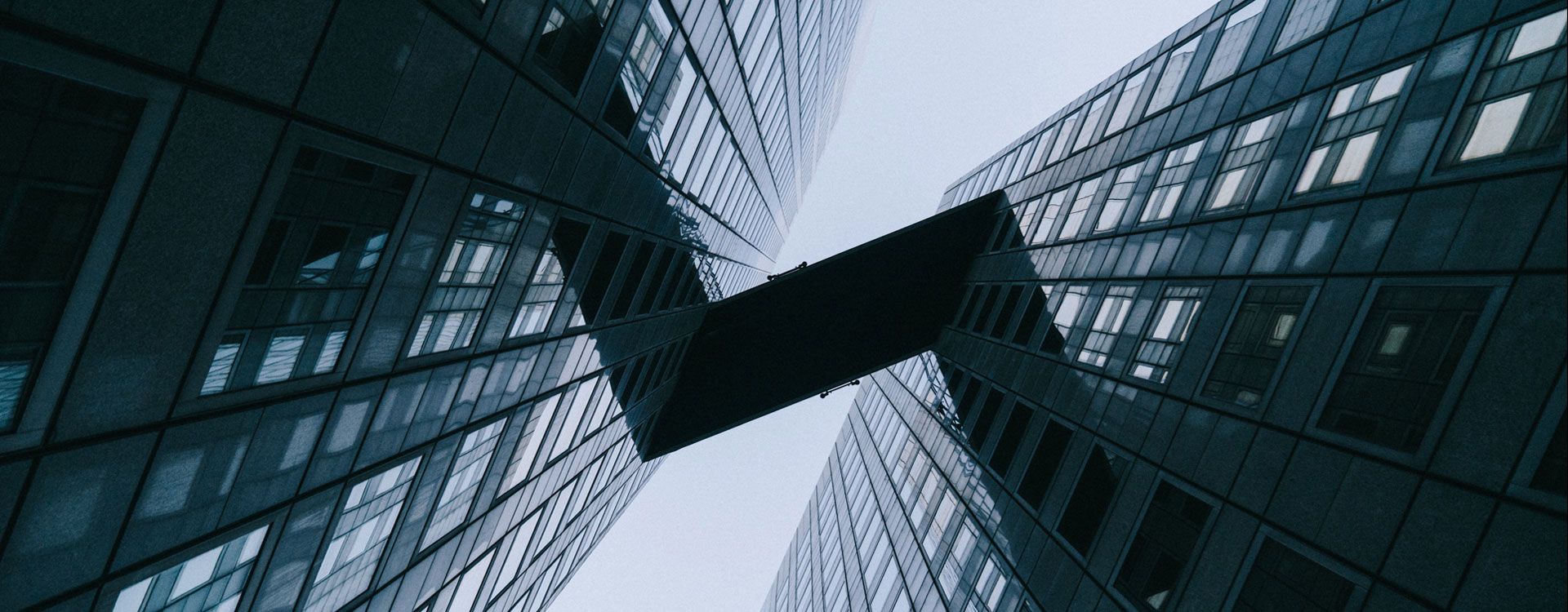Plaster is the most important factor in determining the success of any home renovation project; selecting the appropriate plaster will not only give your walls the appearance you desire but will also lengthen their lifespan.
Plaster not only improves the structural integrity of your home but also increases its thermal efficiency, which in turn contributes to the visual attractiveness of your property, whether it is indoors or outside. Plaster comes in a wide variety of types, each of which has its own set of advantages and applications that are ideal for it. Choosing the appropriate type of plaster can be challenging.

In this article, the most popular types of plaster, as well as their applications and the factors to take into consideration when choosing the best plaster for your home, are discussed. If you want your home to have a classic feel, a contemporary style, or an eco-friendly vibe, learning about the characteristics and advantages of various plasters will help you choose the product that will give your home the desired effect.
What Is The Best Plaster For A House?
Choosing the best plaster for a house depends on several factors including the location, type of walls, desired finish, and budget. Here are some common types of plaster and their typical uses:
Gypsum Plaster
- Uses: Interior walls and ceilings.
- Advantages: Smooth finish, quick setting, fire-resistant, and good insulation properties.
- Disadvantages: Not suitable for damp areas as it can absorb moisture.
Lime Plaster
- Uses: Older buildings and restoration projects, breathable walls.
- Advantages: Flexible, breathable (allows moisture to escape), and has a unique aesthetic.
- Disadvantages: Longer curing time and can be more expensive.
Cement Plaster
- Uses: Exterior walls and areas exposed to moisture.
- Advantages: Strong, durable, and resistant to moisture.
- Disadvantages: Heavier and less flexible than lime plaster, can crack over time.
Clay Plaster
- Uses: Eco-friendly homes, interior walls.
- Advantages: Environmentally friendly, breathable, and natural aesthetic.
- Disadvantages: Less durable and more susceptible to damage from moisture.
Venetian Plaster
- Uses: High-end finishes for interior walls.
- Advantages: Highly polished, luxurious look, and can be tinted with different colours.
- Disadvantages: Expensive and requires skilled application.
Considerations For Choosing Plaster
- Location: For damp or exterior areas, cement plaster is typically better. For interior dry areas, gypsum or lime plaster is often used.
- Budget: Cement and gypsum plasters are generally more affordable, while lime and Venetian plasters can be more costly.
- Aesthetics: For a smooth modern finish, gypsum or Venetian plaster is ideal. For a traditional look, lime or clay plaster is preferable.
- Environment: If sustainability is a priority, clay or lime plaster are good choices.
Plaster made of gypsum is a popular choice for the majority of interior applications because of its smooth finish and simplicity of application. Cement plaster is frequently chosen for use in outdoor applications due to its resistance to moisture and its increased longevity.
Why Use Plaster For Walls?
Plaster has been a preferred choice for wall finishes for centuries, and its enduring popularity is a testament to its numerous benefits. Here are some compelling reasons to use plaster for your walls:
Smooth and Polished Finish
- Plaster provides a smooth, high-quality finish that is ideal for painting or wallpapering.
- It creates a seamless and polished look that enhances the aesthetic appeal of interiors.
Durability and Longevity
- Plaster forms a hard and durable surface that can withstand impacts and wear better than drywall.
- It is less prone to dents and scratches, ensuring that walls remain in good condition for a longer time.
Fire Resistance
- Certain types of plaster, like gypsum plaster, have excellent fire-resistant properties.
- Plaster can help slow down the spread of fire, providing an added layer of safety to your home.
Sound Insulation
- Plaster walls offer better sound insulation compared to drywall, reducing noise transmission between rooms.
- This makes plaster an excellent choice for creating quieter, more peaceful living spaces.
Moisture Regulation
- Lime and clay plasters are breathable, allowing moisture to escape and helping to regulate indoor humidity levels.
- This breathability can prevent issues like mould and mildew growth, contributing to a healthier indoor environment.
Thermal Insulation
- Plaster can improve the thermal efficiency of your home by providing an additional layer of insulation.
- This can help maintain comfortable indoor temperatures and reduce energy costs.
Versatility
- Plaster can be applied to a variety of surfaces, including brick, stone, and lath.
- It can be used to create different textures and finishes, from smooth and sleek to rustic and textured, allowing for a wide range of design possibilities.
Historical and Aesthetic Value
- Plaster is often used in historic buildings and restorations due to its traditional appearance and compatibility with older construction methods.
- It adds character and timeless quality to interiors, making it a popular choice for heritage and period homes.
Eco-Friendly Options
- Natural plasters, such as lime and clay, are environmentally friendly and sustainable.
- They are free from harmful chemicals and provide a healthy living environment.
Not only can the use of plaster for your walls improve the aesthetic appeal and longevity of your home, but it also provides several functional benefits, including protection against fire, insulation against sound, and regulation of moisture retention.
Plaster is an adaptable and dependable material that can address a wide range of requirements and preferences, making it an excellent option for both the construction of new homes and the renovation of existing ones.
What Are The 2 Types Of Plaster?
The two main types of plaster commonly used in construction and renovation are:
Gypsum Plaster
- Composition: Made from gypsum, a naturally occurring mineral.
- Properties: Smooth finish, quick-setting, and easy to work with. It is non-combustible and has good thermal and acoustic properties.
- Applications: Commonly used for interior walls and ceilings.
- Advantages: Provides a high-quality finish, is fire-resistant and regulates humidity.
Cement Plaster
- Composition: Made from sand, Portland cement, and water.
- Properties: Strong, durable, and suitable for exterior and interior surfaces. It can withstand harsh weather conditions.
- Applications: Often used for exterior walls, wet areas (like bathrooms), and surfaces that need extra strength and durability.
- Advantages: Provides a robust and long-lasting finish, is water-resistant and can be used in various environmental conditions.
Conclusion
The durability, utility, and beauty of your home may be significantly impacted by the plaster that you decide to use for your wall construction. Plaster can improve the fire resistance, acoustic insulation, thermal efficiency, smoothness, and polish of a surface when it is applied to that surface.
As a result of its adaptability, it can be utilized in several different ways, and it possesses an ageless quality, making it suitable for usage in both modern and traditional environments. Environmentally friendly plasters that are constructed of lime and clay can help you create a house that is both healthier and more sustainable for you and your family.
Plaster is a material that is both long-lasting and durable, and it can be utilized for both contemporary and vintage renovations. It is possible to select a plaster that will not only add aesthetic value to your walls but will also shield them from the effects of the elements if you take the time to educate yourself about the various plasters and the advantages they provide.
Make use of the long-lasting features of plaster to create rooms that are not only stunning but also long-lasting and cozy.
Looking for more information? Visit the residential plaster today!

